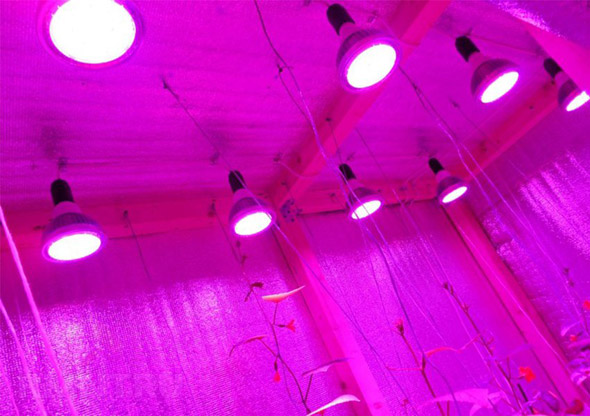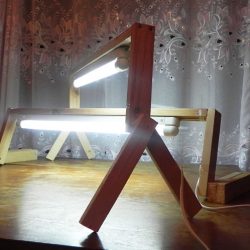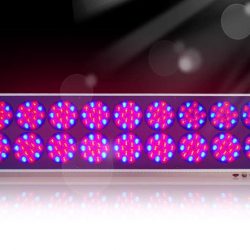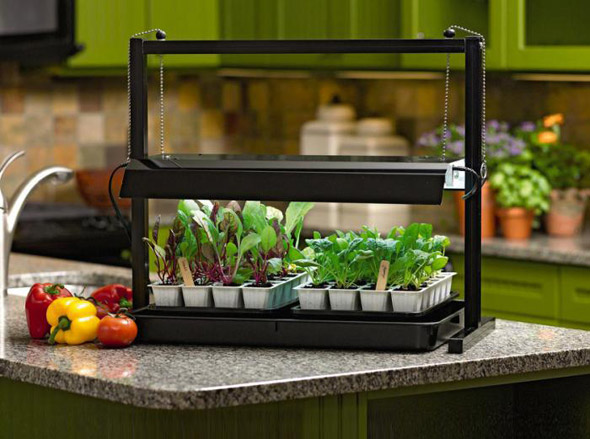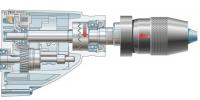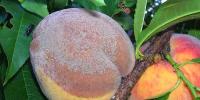How to choose the right grow light for seedlings
Seedlings of any plants require additional illumination. Rescue lamps that emit ultraviolet light. They are induction, halogen, sodium, and LED. In form, these are pipes, ribbons, spotlights. Read how to choose the right backlight.
Rules for choosing a lamp with ultraviolet radiation
Natural sunlight is essential for plant growth and development. Without it, future seedlings become pale, lethargic, susceptible to ailments and pests. To get strong, healthy seedlings, you need to make up for the lack of lighting in time by choosing the appropriate lamp. Their range is large, and before buying a suitable device, it is worth considering:
- the needs of young shoots;
- ergonomics of the lamp at home;
- savings and energy efficiency.
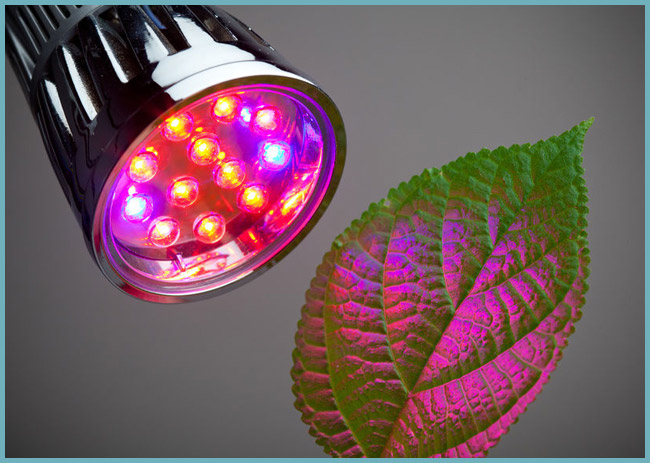
Lighting is very important for seedlings and young plants.
It is impossible to completely replace the sun with artificial lighting. The task of the gardener in this case is to choose the color spectrum as close as possible to natural radiation. In nature, the following sequence of colors is distinguished:
- infrared, not visible to humans - has bactericidal properties, promotes the development of lush green mass;
- red - optimizes the production of chlorophyll, stimulates germination, flowering, foliage development;
- orange - accelerates the process of fruit ripening;
- yellow and green - important as lighting components, reflected from the foliage;
- blue and blue - affect photosynthesis, root development, thanks to them the sprouts do not stretch;
- ultraviolet, indistinguishable by the human eye - helps fight diseases, promotes the development of the ground part of the seedlings.
Each of the colors visible to a person corresponds to its own temperature, which increases in increasing order. The minimum is for red, 1500 K, the maximum is for violet, 8000 K. For a good development of seedlings, light with a temperature of 1500 and 6000-7000 K is needed. Red and blue-blue correspond to these indicators. In the first few weeks, more blue is needed for reliable rooting of sprouts, after transplantation, an equal amount of both colors is required.
Attention! It is definitely not recommended to take traditional incandescent lamps for seedlings - those that are most often used to illuminate the house. 95% of the energy in them is transformed into heat, which can lead to overheating of the sprouts, their refinement, and burns.
Characteristics of halogen, fluorescent and induction lamps
It is believed that halogen lamps are not the best option for illuminating seedlings. They are brighter than incandescent bulbs, but they heat up less. Over time, their degree of self-giving decreases. At the same time, the use of halogen lamps is justified in cases where you need to add red color - its temperature here is 3000 K, i.e. twice the usual.
Fluorescent lamps are more suitable for lighting seedlings. They are economical because they consume little electricity, do not heat the air and at the same time give a lot of light. However, there is practically no red light in their spectrum. Therefore, their use is especially undesirable when germinating tomatoes, cucumbers and citrus fruits.
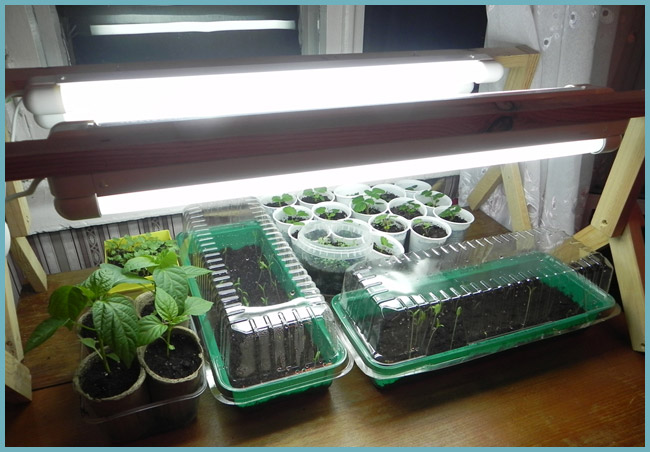
Fluorescent lamps
At the same time, there are many blue and violet rays in fluorescent light sources, which are useful for root development. Another advantage is that you can choose a light bulb with any spectrum: warm, cold or daylight. Each of them has its own characteristics:
- Warm - good during the flowering period.
- Cold - necessary in the vegetative growth phase.
- Day - used at any time, sometimes - throughout the entire cycle of growing seedlings.
Advice. To illuminate seedlings, there are special phytoluminescent lamps that are distinguished by a long service life and economy. However, they emit an unnatural lilac-pink color, so their use in a living room - for example, on a windowsill - is undesirable.
Induction lamps also consume little energy, allowing you to save on electricity. At the same time, they have a fairly high light output. The most perfect are bispectral lamps that emit both red and blue colors. These lamps do not flicker and evenly distribute light.
Pros and cons of sodium lamps for seedlings
Very often, such lighting devices are used in greenhouses. They emit a red-orange light that favorably affects mature plants in the flowering and fruiting stages. Sodium lamps do not irritate the eyes, so they can be used at home. But for this you should choose a lamp with a power of up to 100 watts.
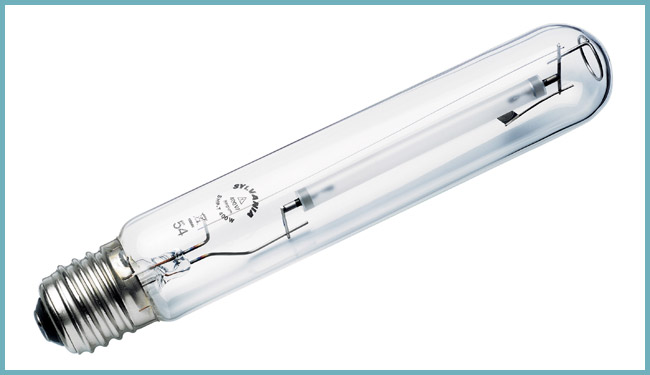
sodium lamp
Additional benefits of sodium lamps:
- economical consumption of electricity;
- efficiency of use both in greenhouses and in small areas with seedlings;
- long service life.
The disadvantages include:
- relative bulkiness;
- the absence of blue in the spectrum;
- complex connection;
- the need for additional use of a control device.
Advice. You can increase the energy efficiency of a sodium lamp by using a capacitor when connected.
Description of LED grow lights
To date, this type of backlight is perhaps the most common. For the human eye, such radiation seems gloomy, but for plants, its red-blue spectrum is optimal. LED lamps are more expensive than others, while they have a number of advantages:
- Profitability.
- Durability. Service life - up to 50 thousand hours.
- Ease of repair - the LED that has become unusable can be replaced.
- Quick turn on and flicker free light.
- Low heat - plants do not get burned.
- Possibility to install LEDs of different spectrum and power. This allows you to choose the most correctly the radiation needed by seedlings in a particular period. For example, if you need to add blue or red.
- Small dimensions.
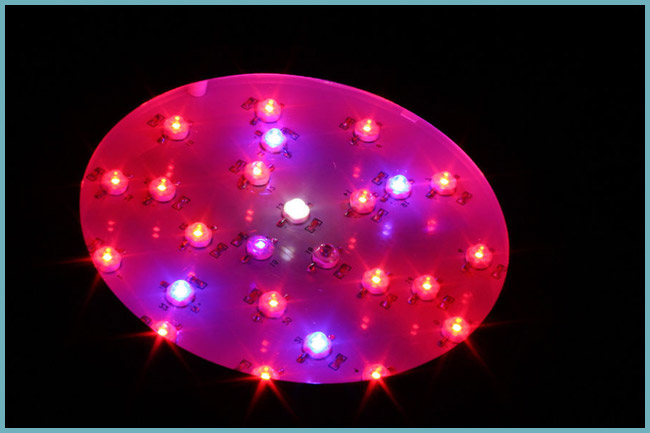
LED lamp
It is worth giving preference to a specific model, taking into account where the lighting will be located, for seedlings of which crops and at what distance from the tops of the sprouts. Depending on the type of racks and the number of seedlings, you can choose a lamp of any shape. In stores you will find their varieties:
- Pipe. Often used on a windowsill or in long narrow rows.
- Tablet (another name is phytopanel). Looks like a big square. Used by professional agronomists to illuminate seedlings on wide racks.
- Single lamp. The most suitable option for additional illumination of a small number of sprouts at home.
- Spotlight. Cover a wider area when compared to single lamps. At the same time, they work effectively at a great distance from seedlings.
- Ribbon. She's going in any order. Usually used for DIY backlighting.
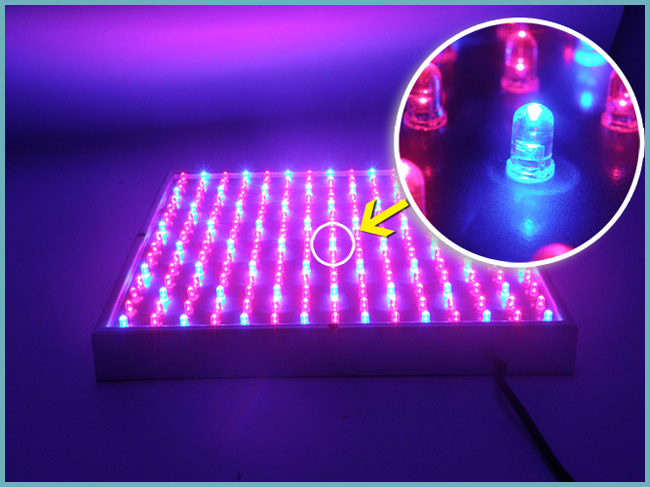
Phytopanel
- The hotter the lamp heats up, the higher it should be placed above the seedling containers. You can find out the temperature of a working device from the description of its technical characteristics.
- In different phases of development, plants need different lighting. For example, immediately after sowing, future seedlings need to be illuminated around the clock. During this period, the blue-blue spectrum is useful. In the future, you need to add red.
- Do not forget about an individual approach to each culture - consider the shade tolerance of plants. The average day length for vegetable sprouts is 12-13 hours. At the same time, tomatoes need 14-16 hours, cucumbers - 13-15 hours, white cabbage - 16 hours, peppers - 9-10 hours.
- Reflectors and light screens, as well as reflectors, help to effectively illuminate and at the same time save energy. You can make them yourself. The easiest way is to put a kind of white shield on the windowsill - for example, from matte cardboard. You can cover it with foil - for sure everyone knows its reflective ability.
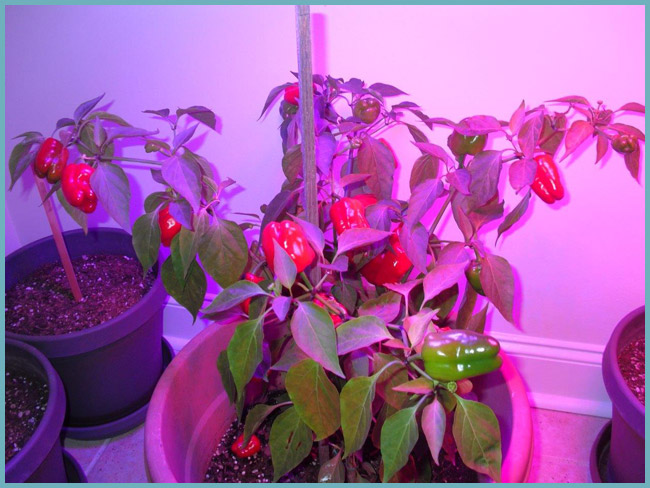
Monitor the behavior of plants to correct the position of the lamp in time
Also pay attention to how sprouts develop under the influence of additional artificial lighting, and make adjustments in time:
- the appearance of burns on the leaves is a sign of a low-lying phytolamp. Hang it higher;
- pallor of leaves, too elongated stems - signals of a diametrically opposite problem: the lamp hangs too high / far. Lower it to allow the seedlings to gain strength;
- the stems stretch to the side, become crooked, deformed - they overdid it with side lighting. Place the light source on top.
Regardless of which lamp you decide to choose, it is important to use it correctly. Only in this case it will be possible to improve the quality of seedlings and reduce the number of weak plants.
How to choose a lamp for plants: video
Lamp for additional illumination of plants: photo
